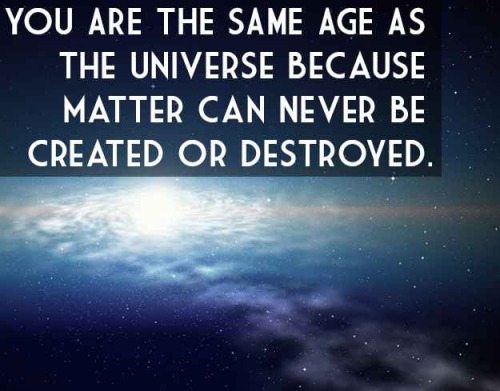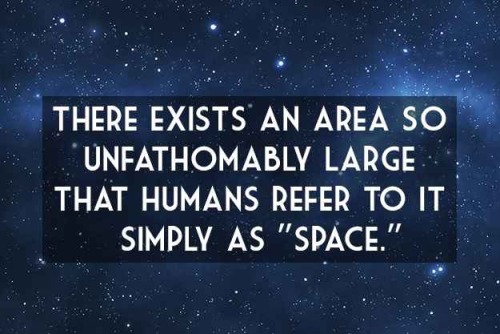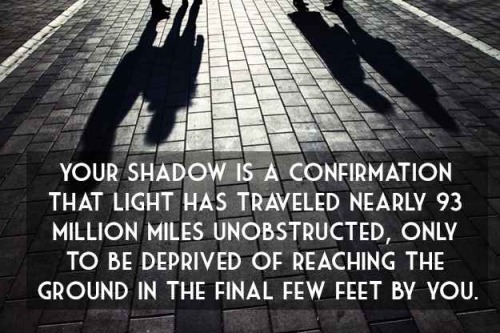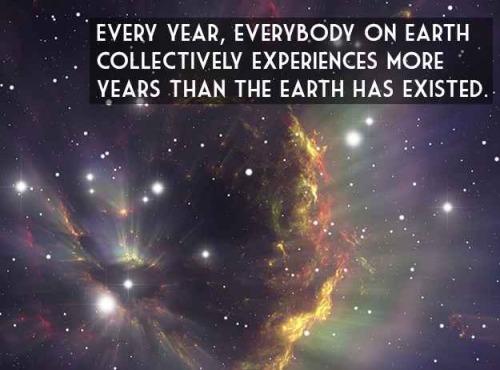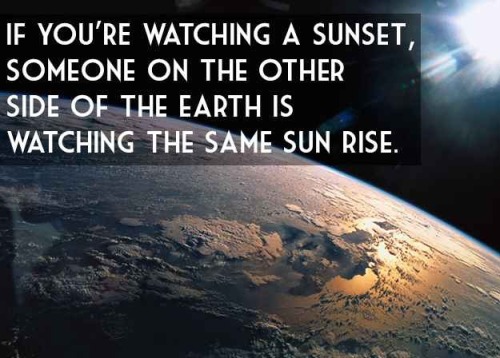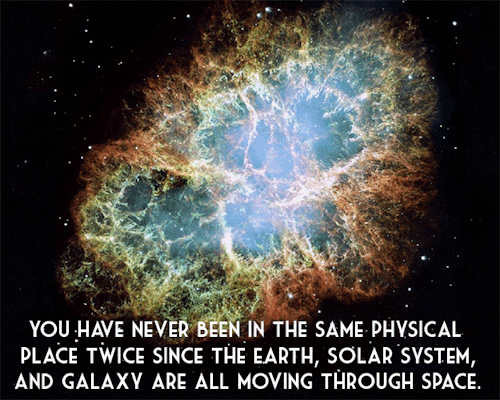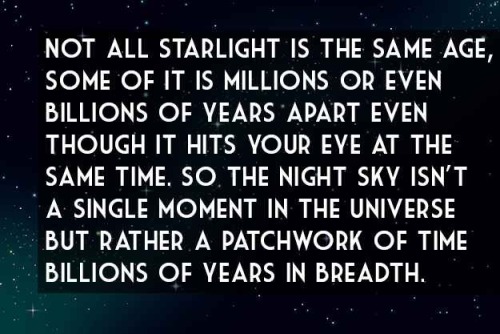The Astro-fashion-loving Internet Collectively Gasped When ESA’s Hubble Twitter Account Posted Three

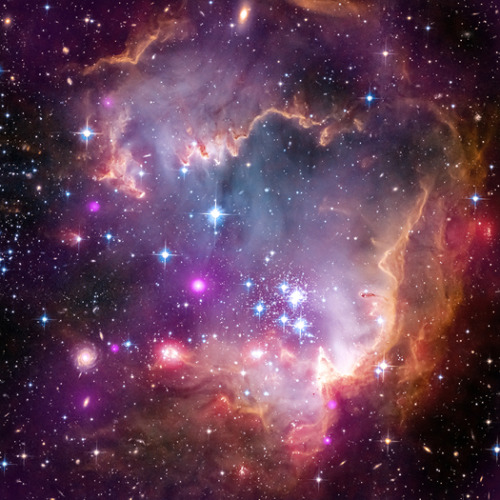




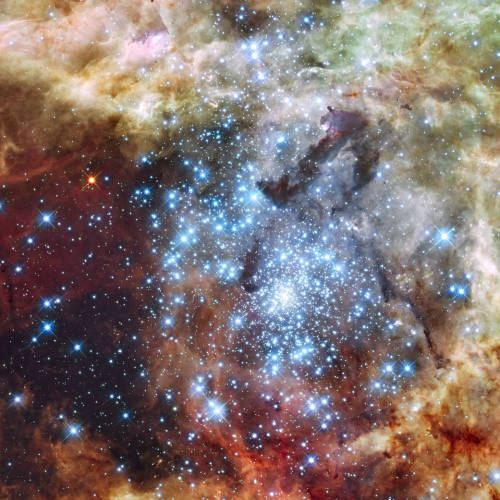
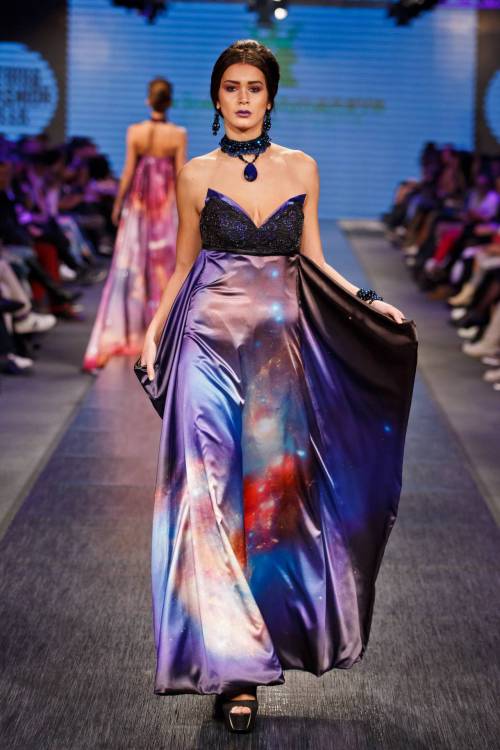


The astro-fashion-loving Internet collectively gasped when ESA’s Hubble twitter account posted three gorgeous gowns, by Czech designer Jirina Tauchmanova with only credit “Photo: Vasek”, which google thinks is a Canadian tennis player. For four long days I couldn’t find anymore images, until, today! Which is why I’m sharing a belated #FashionFriday and #StarrySunday combo.
These gown were shown at Serbia Fashion Week back in December 2015 as Jirina Tauchmanova‘s Spring/Summer 2016 collection – I hope that means they will be available for purchase soon!
I think I recognize at least two of the images, NGC 602 & 30 Doradus, but I’m going to have to see these in person to be sure, yes, definitely, and probably try them on, too.
–Emily
More Posts from Study-astronomy-biology-ref and Others
Hello there
As you can already tell, I haven't been really active (at all) on this account. The reason for this, to be honest, was the fact that Tumblr became stale to me, and besides that, I was very busy with my study for the university entrance exam for a year.
All of this caused this account to be abandoned for 2-3 years, which really not what I wanted at all because I created this account to help people with study and have reliable sources of information.
But I'm back (yay), and I’m trying to get back and resurrect this account again. There will be a few changes (since I changed a lot in the last few years).
1. My love for science is still there and even stronger now because... *drum rolls*... I’m studying science at university now! More specifically, biotechnology major, planning on an immunology minor. So yes, besides primary astronomy contents, I'm planning on posting more biology stuff!
-> The name of this blog changed: study-astronomy-ref to study-astronomy-biology-ref
2. If you don’t know, this account is member-based. Even though I will be more active in the next few months, I can't be 100% be sure about keeping the account active for too long because of personal jobs and study. I had recruit more members for this account a while ago, but it didn't end well.
-> So if anyone wants to contribute to this blog as a pure studyblr, message, please. There, of course, will be standards and I will select the best people to run this blog smoothly, educationally and actively. For the best to everyone!
3. To me, this account is for people (very communism). So besides the science news, findings and study references, slide in the DM if you want something more interesting on this blog (science art? some Q&A? other cool science stuff?). I would be very happy if this blog could reach more people with similar interest and it could be a fun, wholesome and interesting place for anyone that has a passion for science and study! Wooray!
Maybe that's all I have to say. Stay tuned for more contents!
Head up to the sky, aliens. Keep on curious.






hubble’s panorama of the carina nebula, some 7500 light years away from earth, and about fifty light years in length here. stars old and new illuminate clouds of cosmic dust and gas, like the clumping hydrogen from which they were born.
the top star seen at the bisection of the first two panels, part of the eta carinae binary star system (most stars are in binary systems), is estimated to be more than a hundred times the mass of the sun - large enough to go supernoava in about a million years.
it also produces four million times as much light as the sun, and was once the second brightest star in the night sky. but surrounding dust and gas has dimmed our view of the star, though it’s still visible in the night sky to all but those in the most light polluted cities.
the fifth panel shows ‘the mystic mountain,’ where nascent stars in the dust cloud are spewing hot ionized gas and dust at 850,000 miles an hour. eventually, the ultraviolet radiation from these stars will blow away the dust, leaving visible the stars, like the cluster seen at the top of the panel, which were formed only half a million years ago.
Solar System: Things to Know This Week

For the first time in almost a decade, we’re going back to Jupiter. Our Juno spacecraft arrives at the king of planets on the fourth of July. From a unique polar orbit, Juno will repeatedly dive between the planet and its intense belts of charged particle radiation. Juno’s primary goal is to improve our understanding of Jupiter’s formation and evolution, which will help us understand the history of our own solar system and provide new insight into how other planetary systems form.
In anticipation, here are a few things you need to know about the Juno mission and the mysterious world it will explore:
1. This is the Big One

The most massive planet in our solar system, with dozens of moons and an enormous magnetic field, Jupiter rules over a kind of miniature solar system.
2. Origin Story

Why study Jupiter in the first place? How does the planet fit into the solar system as a whole? What is it hiding? How will Juno unlock its secrets? A series of brief videos tells the stories of Jupiter and Juno. Watch them HERE.
3. Eyes on Juno
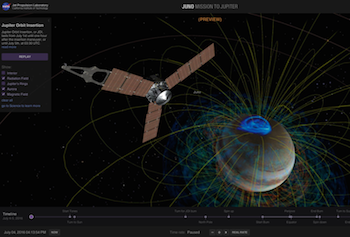
If you really want a hands-on understanding of Juno’s flight through the Jupiter system, there’s no better tool than the “Eyes on Juno” online simulation. It uses data from the mission to let you realistically see and interact with the spacecraft and its trajectory—in 3D and across both time and space.
4. You’re on JunoCam!

Did you know that you don’t have to work for NASA to contribute to the Juno mission? Amateur astronomers and space enthusiasts everywhere are invited to help with JunoCam, the mission’s color camera. You can upload your own images of Jupiter, comment on others’ images, and vote on which pictures JunoCam will take when it reaches the Jovian system.
5. Ride Along
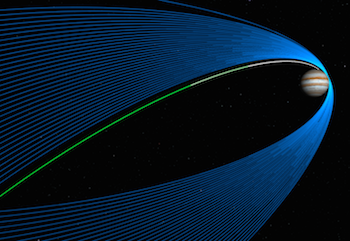
It’s easy to follow events from the Juno mission as they unfold. Here are several ways to follow along online:
Want to learn more? Read our full list of the 10 things to know this week about the solar system HERE.
Make sure to follow us on Tumblr for your regular dose of space: http://nasa.tumblr.com
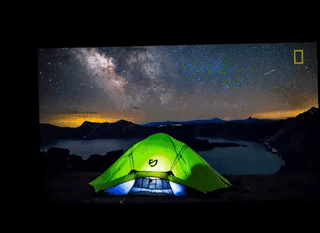
I saw this a long time ago and finally got it to convert to GIF format on tumblr. It shows how it’s the Earth that’s moving, space is standing still. I love this perspective.
Sleep is your superpower | Matt Walker
Sleep is your life-support system and Mother Nature’s best effort yet at immortality, says sleep scientist Matt Walker. In this deep dive into the science of slumber, Walker shares the wonderfully good things that happen when you get sleep – and the alarmingly bad things that happen when you don’t, for both your brain and body. Learn more about sleep’s impact on your learning, memory, immune system and even your genetic code – as well as some helpful tips for getting some shut-eye.









On October 8 a privileged few could see auroras in abnormally low latitudes, as the spectacular pictures above taken in Wales and Northern England.
Via TON: Northern Lights Put On Spectacular Show As Aurora Borealis Lit Skies Over Wales And Yorkshire.
-
 beautifulfashionfantasy reblogged this · 2 weeks ago
beautifulfashionfantasy reblogged this · 2 weeks ago -
 whatishapcomputer liked this · 2 months ago
whatishapcomputer liked this · 2 months ago -
 somethinginspiringhere reblogged this · 4 months ago
somethinginspiringhere reblogged this · 4 months ago -
 cataradical liked this · 4 months ago
cataradical liked this · 4 months ago -
 lowlansworld liked this · 7 months ago
lowlansworld liked this · 7 months ago -
 beautifulfashionfantasy reblogged this · 9 months ago
beautifulfashionfantasy reblogged this · 9 months ago -
 beautifulfashionfantasy liked this · 9 months ago
beautifulfashionfantasy liked this · 9 months ago -
 victoriousfidelity liked this · 10 months ago
victoriousfidelity liked this · 10 months ago -
 dimsilver liked this · 11 months ago
dimsilver liked this · 11 months ago -
 marietheran-archived reblogged this · 11 months ago
marietheran-archived reblogged this · 11 months ago -
 cardofrage liked this · 1 year ago
cardofrage liked this · 1 year ago -
 violetvapours liked this · 1 year ago
violetvapours liked this · 1 year ago -
 bb8-boppity-boo reblogged this · 1 year ago
bb8-boppity-boo reblogged this · 1 year ago -
 devil-with-a-soul reblogged this · 1 year ago
devil-with-a-soul reblogged this · 1 year ago -
 asseenelsewhere reblogged this · 1 year ago
asseenelsewhere reblogged this · 1 year ago -
 investingingrayhairs reblogged this · 1 year ago
investingingrayhairs reblogged this · 1 year ago -
 transgenderenkidu liked this · 1 year ago
transgenderenkidu liked this · 1 year ago -
 prince-of-stars reblogged this · 1 year ago
prince-of-stars reblogged this · 1 year ago -
 investingingrayhairs liked this · 1 year ago
investingingrayhairs liked this · 1 year ago -
 starrla89 reblogged this · 1 year ago
starrla89 reblogged this · 1 year ago -
 rottweilersmilez liked this · 1 year ago
rottweilersmilez liked this · 1 year ago -
 yuhengwanye reblogged this · 1 year ago
yuhengwanye reblogged this · 1 year ago -
 garobenmonster reblogged this · 1 year ago
garobenmonster reblogged this · 1 year ago -
 garobenmonster liked this · 1 year ago
garobenmonster liked this · 1 year ago -
 orbisonblue reblogged this · 1 year ago
orbisonblue reblogged this · 1 year ago -
 orbisonblue liked this · 1 year ago
orbisonblue liked this · 1 year ago -
 dreametcher reblogged this · 1 year ago
dreametcher reblogged this · 1 year ago -
 dreametcher liked this · 1 year ago
dreametcher liked this · 1 year ago -
 youdontoutgrowpunk-sir reblogged this · 1 year ago
youdontoutgrowpunk-sir reblogged this · 1 year ago -
 mustardyellowlilac reblogged this · 1 year ago
mustardyellowlilac reblogged this · 1 year ago -
 jedi-bird reblogged this · 1 year ago
jedi-bird reblogged this · 1 year ago -
 oniongrass reblogged this · 1 year ago
oniongrass reblogged this · 1 year ago -
 acnhaddict liked this · 1 year ago
acnhaddict liked this · 1 year ago -
 asseenelsewhere liked this · 1 year ago
asseenelsewhere liked this · 1 year ago -
 purplelordstudios liked this · 1 year ago
purplelordstudios liked this · 1 year ago -
 sainamoonshine reblogged this · 1 year ago
sainamoonshine reblogged this · 1 year ago -
 potato-bake-sidedish reblogged this · 1 year ago
potato-bake-sidedish reblogged this · 1 year ago -
 everyonehasbeatenmetotheusername liked this · 1 year ago
everyonehasbeatenmetotheusername liked this · 1 year ago -
 bedsmells liked this · 1 year ago
bedsmells liked this · 1 year ago -
 ybuenoeso liked this · 1 year ago
ybuenoeso liked this · 1 year ago -
 guardian-of-soho reblogged this · 1 year ago
guardian-of-soho reblogged this · 1 year ago -
 haveanothermoment reblogged this · 1 year ago
haveanothermoment reblogged this · 1 year ago -
 haveanothermoment liked this · 1 year ago
haveanothermoment liked this · 1 year ago -
 bb8-boppity-boo reblogged this · 1 year ago
bb8-boppity-boo reblogged this · 1 year ago -
 thewabbithole liked this · 1 year ago
thewabbithole liked this · 1 year ago -
 fallenqueen2 reblogged this · 1 year ago
fallenqueen2 reblogged this · 1 year ago

This is a studyblr for everyone have some passion for science, especially astronomy and biology
129 posts

